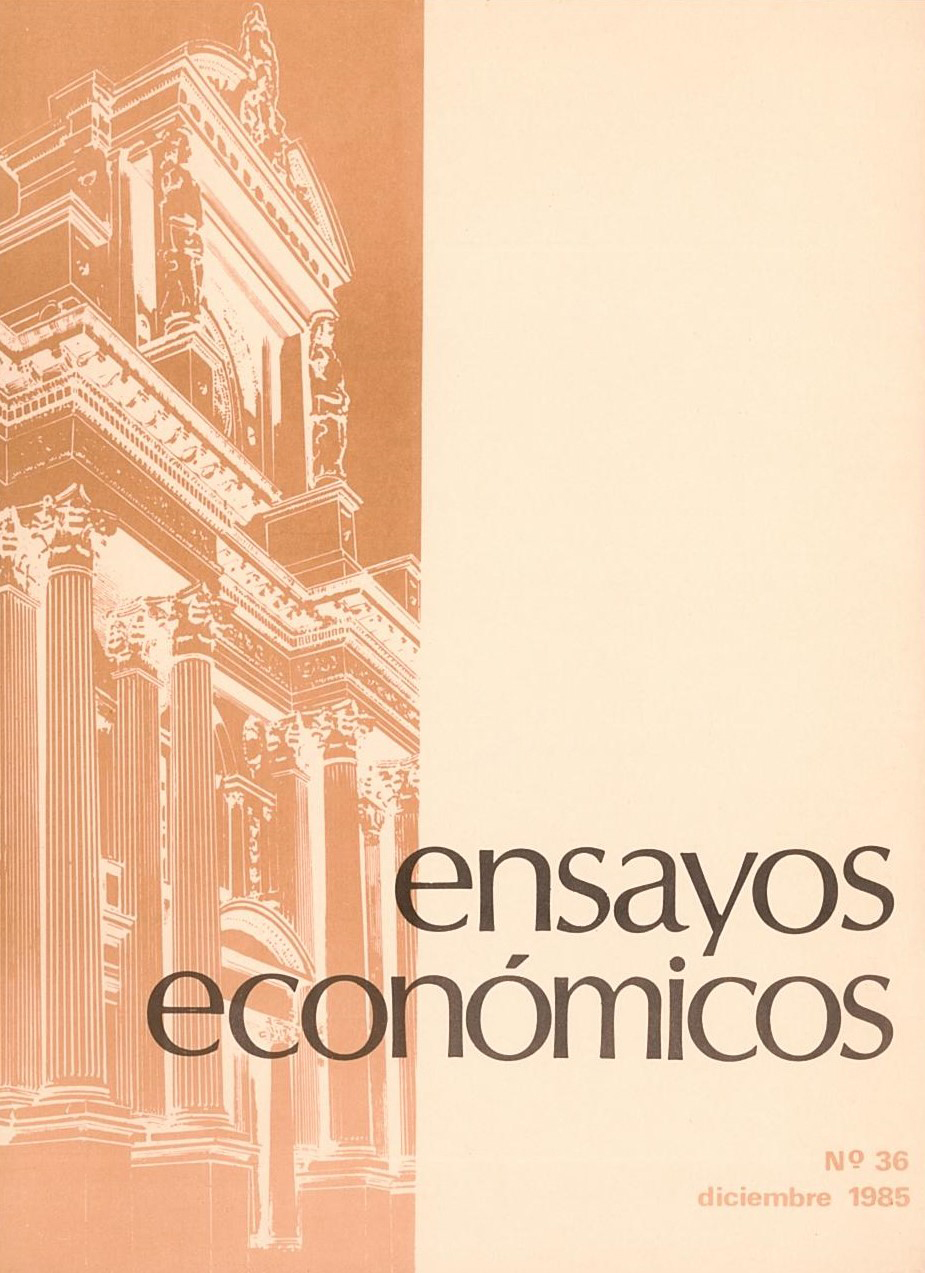Dynamics of inflation and hyperinflation in a portfolio equilibrium model with endogenous tax revenues
Keywords:
Argentina, Cagan, Economic Policy, Hyperinflation, Inflation, Models, Stabilization PlanAbstract
Until the beginning of the anti-inflationary plan put into effect on June 15, the Argentine economy was on a dangerous path. The inflation rate was growing rapidly, starting from levels of around 30% per month, the fiscal deficit was out of control and was mostly financed through monetary base expansion. It is impossible to predict with any accuracy what would have happened in the absence of the anti-inflationary plan, but it is not necessary to stretch the imagination to think that we were surely in the process of hyperinflation, which is characterized by a persistent acceleration of the inflation rate until an essential change in the monetary and fiscal framework breaks the dynamics of the process. The purpose of this work is to return, in a somewhat different context, to some ideas discussed in the pioneering work of Olivera (1967). To do this, we build a continuous time model, trying to illustrate how the combination of five typical elements of inflationary economies can give rise to a hyperinflation process: the financing of the fiscal deficit, the inverse relationship between the demand for real money balances and the inflation rate, the inverse relationship between real tax revenue and the inflation rate, good information on the ongoing inflation rate, and a very rapid adjustment of asset portfolios to their equilibrium values.
JEL classification: E10 ; E31 ; E41 ; E52 ; E63




